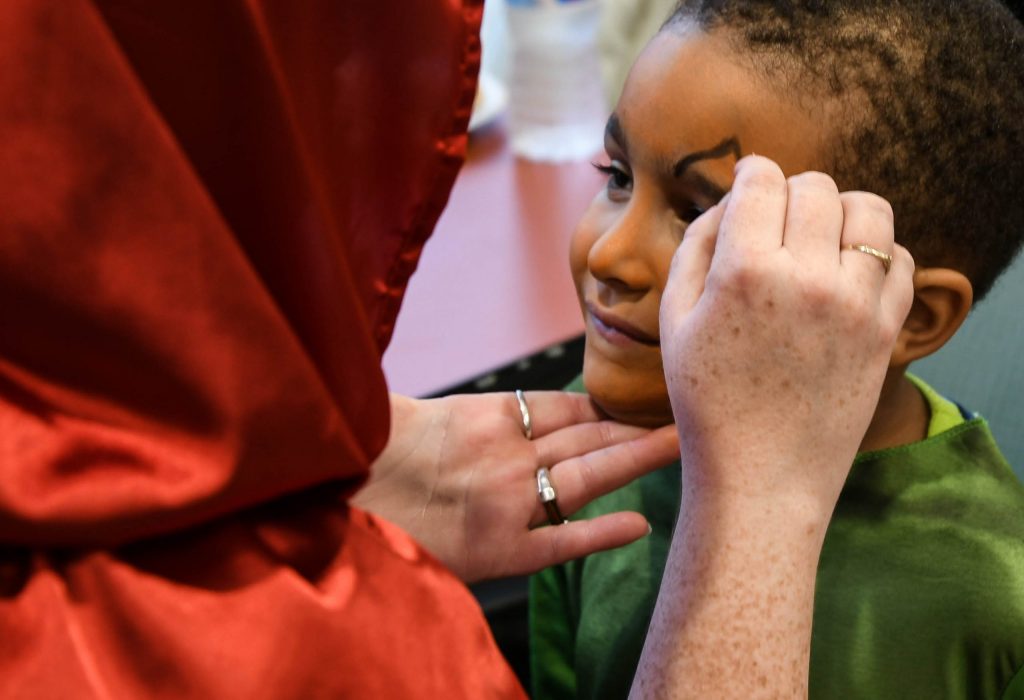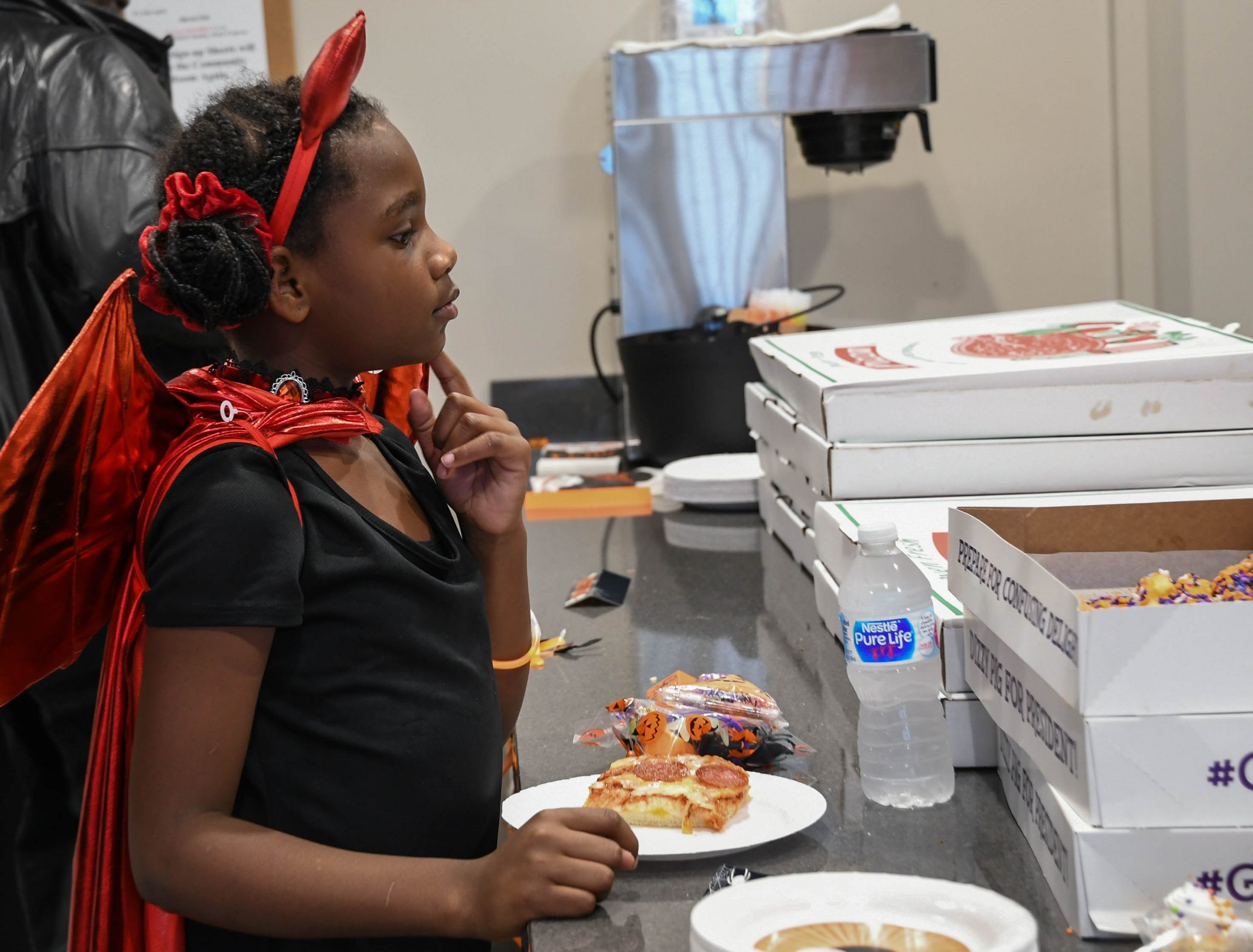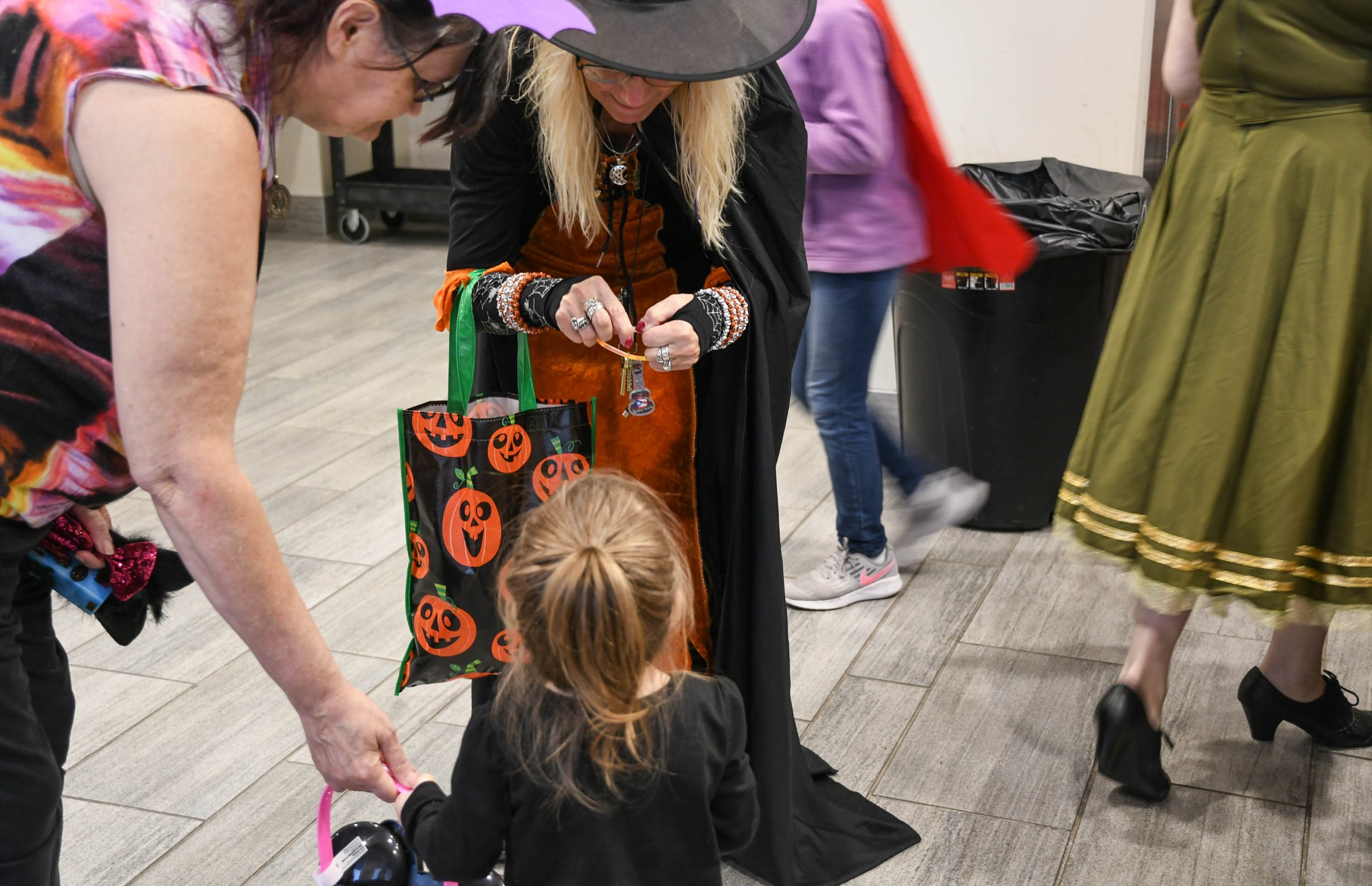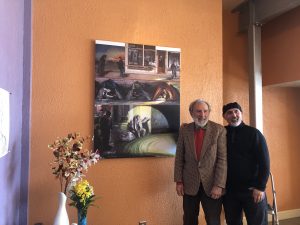Syracuse eviction prevention program saves tenants from homelessness
Syracuse eviction prevention program saves tenants from homelessness

When Dana Natale walks through Clinton Plaza Apartments, she knows every resident by name.
She starts her day at 7 a.m. by greeting tenants as they go to work, something she said isn’t typical for subsidized housing. As the manager of the apartment complex, she is determined to maintain a positive living environment for the residents, which she said starts with her.
After being involved with affordable housing for nearly 30 years, Natale accepted the position of manager a year ago, taking on the role to shape the community for the better.
“I was ready to retire, to be honest, and I got this opportunity and thought, ‘Yeah, I’ll try it.’ And it turned into this amazing thing,” she said.
What’s amazing, she said, is how much the apartments have improved because of the help of the city’s Eviction Prevention Programs.
The City of Syracuse’s programs give grants to landlords of affordable housing units to subsidize rent for low income individuals as well as help them avoid eviction, said Susan McMahon, the Emergency Solutions Grant program administrator for the City of Syracuse. Residents only pay 30% of their income in rent, and — in conjunction with the city — Catholic Charities provides social workers to help residents who are at risk of being evicted.
“We found that with this early intervention to help people when they were just beginning to have problems, we could help them solve their programs because they wouldn’t be one, two, three months late with their rent,” McMahon said.
The people at risk of eviction were identified before they missed rent and were sent to court, said Annette Abdelaziz, the director of resident services at the Syracuse Housing Authority. Being proactive through early intervention made a big difference, she said, because they learned how to utilize their existing staff so that eviction is a last resort.
The Housing Authority’s mission is to keep people housed, not evict them, she said, and the best way to do that is to help tenants before it’s too late. Eviction can lead to homelessness, and the eviction prevention program is an attempt to minimize homelessness in the city.

Because of the early intervention program, there was a 70% decrease in evictions overall last year, said McMahon. She hopes these statistics show landlords that early intervention is a “win-win” for both landlords and tenants so that they change the way they do business.
Eviction is expensive, said Natale, because turning around an apartment costs money and the landlords don’t receive rent from a vacant space. But through the program, Clinton Plaza prevented 69 evictions and saved $219,752 last year.
For Natale, saving money isn’t the only bonus of avoiding eviction. The residents of Clinton Plaza have become better informed about their options and they seek help before falling behind on payments, which she said is the key to success.
Now, there are more than 200 people on their waitlist, which is equivalent to approximately a two year wait, she said. Currently, the 306-unit apartment building sits at almost full capacity, comprised of individuals and families who now have a support system and a place to call their own.
The leading cause of homelessness in Syracuse is a lack of affordable housing, said Megan Stuart, the director of Housing and Homeless Coalition of Central New York.
“It’s interesting because if you do look at Syracuse and their housing inventory, it looks like it’s an affordable place to live,” she said. “But the difference is the people who are falling into homelessness are extremely low income.”
One in four people who qualify and apply for assistance actually receive it because there’s too much demand, said Brian Sullivan, the public affairs manager at HUD. Just last year, 552,830 people in the U.S. experienced homelessness on a single night in January, with 35% unsheltered and 65% sheltered, according to HUD’s Point in Time estimates report. In Syracuse alone, that number was 722.
“The best way to put it is, for most of us, we’re all two to three paychecks from becoming homeless ourselves,” said Tori Shires, the chief development officer at the Syracuse Rescue Mission, an organization that serves the city’s unhoused. “If you lost your job tomorrow and you don’t have any income coming in for the foreseeable future, how long is it going to take?”
Andrew Lunetta, the executive director for A Tiny Home for Good, an organization that builds small living spaces for low income individuals, advocates for affordable housing as the most important first step to end homelessness because it “provides a sense of security and safety.” His organization, he said, was inspired by a desperate need of affordable housing, something Syracuse lacked at the time. Since its beginnings in 2015, the organization has built 21 houses, but it’s just a “drop in the bucket” in terms of homelessness in the city, he said.
Clinton Plaza’s affordable housing units provide a permanent and secure home for the residents through Natale’s work. She has transformed the apartment complex into a welcoming place for residents by making changes around the space to foster positivity.
Despite worry of vandalism from her bosses at CRM Rental Management – the company that owns the building – she put on her overalls and planted landscaping in front of the building to “spruce it up,” she said. The gesture was met with overwhelming thanks from the residents.

“The only vandalism we’ve had is that someone added a petunia,” she said with a laugh. “You start giving people a sense of community, a sense of pride, a sense of ‘Hey, this matters,’ and they start treating it like it matters.”
Prior to Natale’s changes, the apartment’s floors were a mess, but now, people clean up after themselves and treat the space with respect.
“She’s fabulous and she stepped in and all of a sudden things were changing and getting better,” said resident Abrianna Warwick.
Warwick previously served as the community’s Tenant Association President for three years, and before Natale was hired, nothing productive was done, Warwick said. The tenants fought and they saw management as an adversary, she said, but they now see Natale as more than a building manager: they see her as a friend.
“She’s a force for good,” said resident Michelle Specht.
Natale throws holiday parties and provides food — which is often donated from local vendors — for the residents, which didn’t happen before she was hired, said Warwick, and Natale also caters to many of the tenants requests and needs.
Residents congregate in the community room on the second floor of Clinton Plaza, where there is a coffee maker, a TV, couches and children’s toys. Previously, the community room closed early in the afternoon and was not accessible on weekends, but one eight-year-old changed that.
Hollywood, who lives with his family in the apartment complex, complained to Natale about never being able to use the toys in the room because it was closed by the time he came home from school.
“He had quite the presentation ready for me about why it should be open later at night and why it should be open on Saturdays and Sundays,” Natale said.
Now, it’s open until eight in the evening and on weekends. Despite worry from management that an unmonitored community room would be a problem, there hasn’t been an issue yet, said Natale. Everyone who uses the space is respectful and cleans up after themselves, which she attributes to treating them like regular people, providing stability and fostering strong relationships with them.
“It’s been absolutely amazing to me that treating people like people has really had positive results,” she said.








